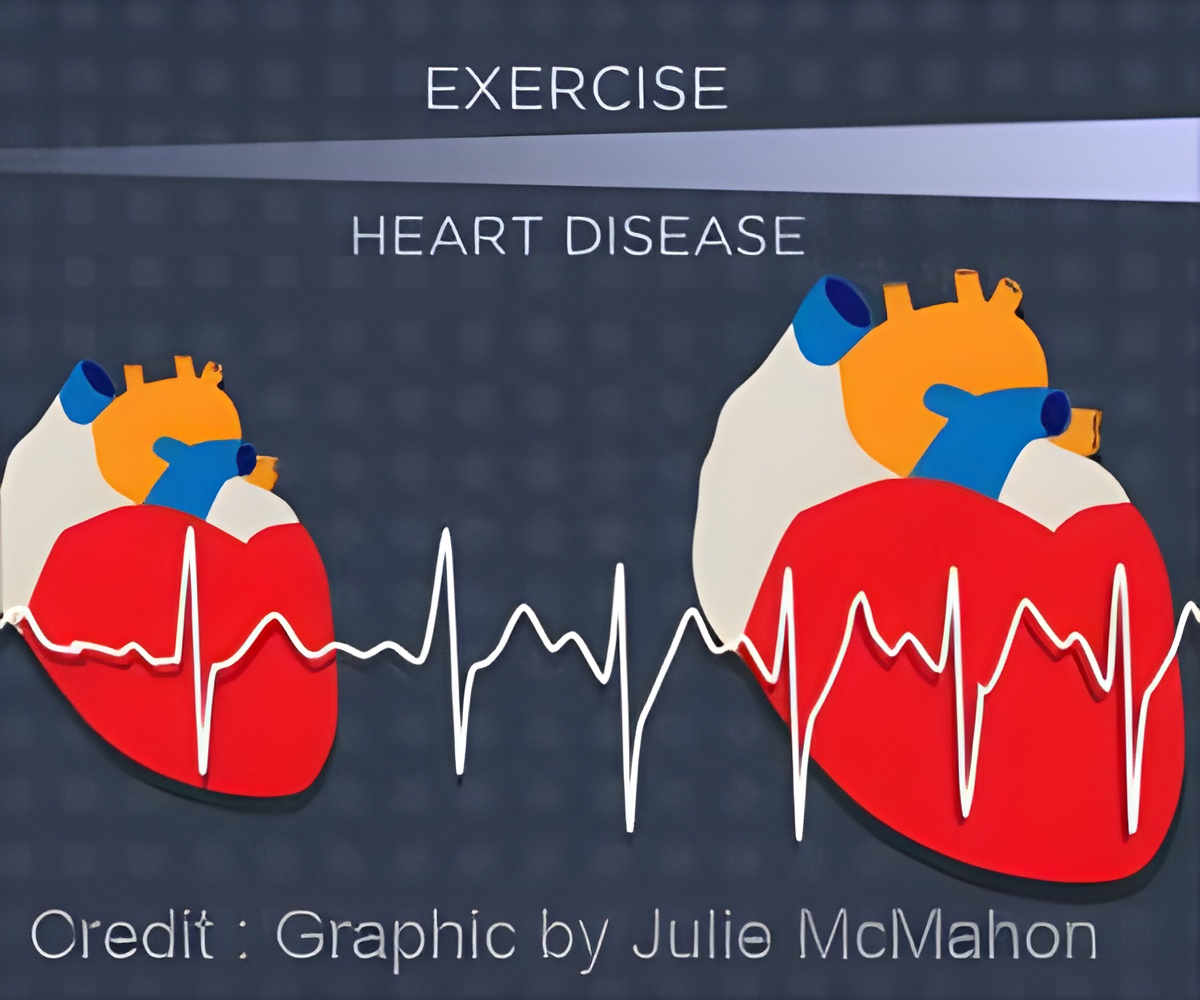
‘The way the heart reacts during ventricular fibrillation changes from patient to patient, so it needs a personalized diagnosis and treatment.’
Tweet it Now
The research team from the Flinders Heart Rhythm Research Group in the College of Medicine and Public Health studied the statistical properties of VF, identifying the unique patterns that consistently occurred in human patients, as well as animal and computer models of VF in the heart.“The issue we have with VF is that because the rhythm is so chaotic it’s been very difficult to fully understand the mechanisms that are responsible for the disorder,” says Dr. Dharmaprani, a Biomedical Engineer and Postdoctoral Research Associate in Cardiac Electrophysiology.
Researchers were able to demonstrate a single mathematical equation to accurately predict the behavior of VF by identifying its characteristics.
The equation uses principles from a branch of mathematics known as renewal theory to predict the population dynamics of ‘rotors’ – mini-tornadoes of electricity found in the heart during VF.
These rotors are responsible for giving rise to VF’s chaotic heart rhythm, and therefore understanding their dynamics is central to treating the disorder.
Advertisement
Secondly, the equation can predict how an individual patient will react to VF, and potentially develop individualized treatments that work much more effectively.
Advertisement
The next step for the research team is to translate these findings towards potential therapies, including using the equation to develop patient-specific computer models that accurately replicate patient dynamics, and understanding how this equation relates to clinical characteristics.
Source-Medindia













